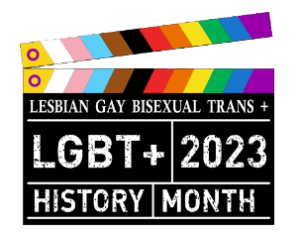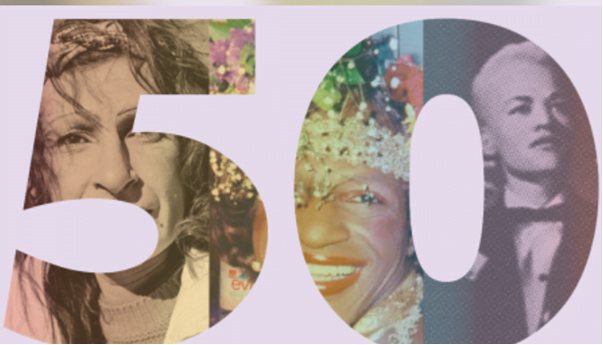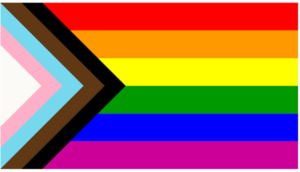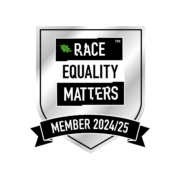LGBT+ History Month 2023: Behind the Lens
 February is LGBT+ History Month and we will be celebrating that at Together with guidance from our LGBTQ+ Inclusion Group and asking staff, volunteers and people who use our services about stories they’d like to share.
February is LGBT+ History Month and we will be celebrating that at Together with guidance from our LGBTQ+ Inclusion Group and asking staff, volunteers and people who use our services about stories they’d like to share.
The theme set by the organisers is #BehindTheLens and celebrates LGBT+ peoples’ contribution to cinema and film from behind the lens. That includes directors, cinematographers, screen writers, producers, animators, costume designers, special effects, make up artists, lighting directors, musicians, choreographers and beyond. At a time when LGBT+ lives are in the media they encourage people to look ‘Behind the Lens’ and listen to LGBT+ peoples’ lived experiences.
At Together we’re inviting people who use our services as well as staff and volunteers to explore that theme but also consider mental health within that. So, for the month we’ll be asking people to share contributions to cinema from behind the lens that matter to them and how that has benefitted their mental health and wellbeing.
We will share contributions during the month on our news pages and will collect them all here. Firstly though for the month we wanted to share an introduction video from a member of our LGBTQ+ Inclusion Group. Matina Marougka is Head of Operations and Development for Criminal Justice and Advocacy Services at Together and explains what the month means for her:
The origins of LGBT+ History Month
The following information was submitted by a member of Together’s LGBTQ+ History Month Inclusion Group on the origins of the month and the gay rights movement:
Did you know that the gay rights movement was ignited by black trans and lesbian women as part of a riot at the bar Stonewall? This has become known as the Stonewall Uprising.

As a result of the riots, a new piece of legislation was passed that set into motion the decriminalisation of homosexuality in the UK. Before this, is was ILLAGAL to be gay!
The Sexual Offences Act 1967, legalised homosexual acts in England and Wales, on the condition that they were consensual, in private and between two men who had attained the age of 21. Women were still invisible at this time, but it was a start!
 The rainbow flag is ever changing. This variant is called the Progress LBGT+ flag.
The rainbow flag is ever changing. This variant is called the Progress LBGT+ flag.
Queer designer Daniel Quasar released the flag with emphasis on inclusion and progression by incorporating elements of the original six-colour flag and including the colour brown for marginalised people of colour, black for those living with AIDS, those no longer living; and the trans pride flag, light blue, light pink and white. The arrow pointing to the right represents forward movement, but being along the left edge it shows that progress still needs to be made.
Read more at https://www.stonewall.org.uk/about-us/news/stonewall-uprising-50-years-lgbt-history




